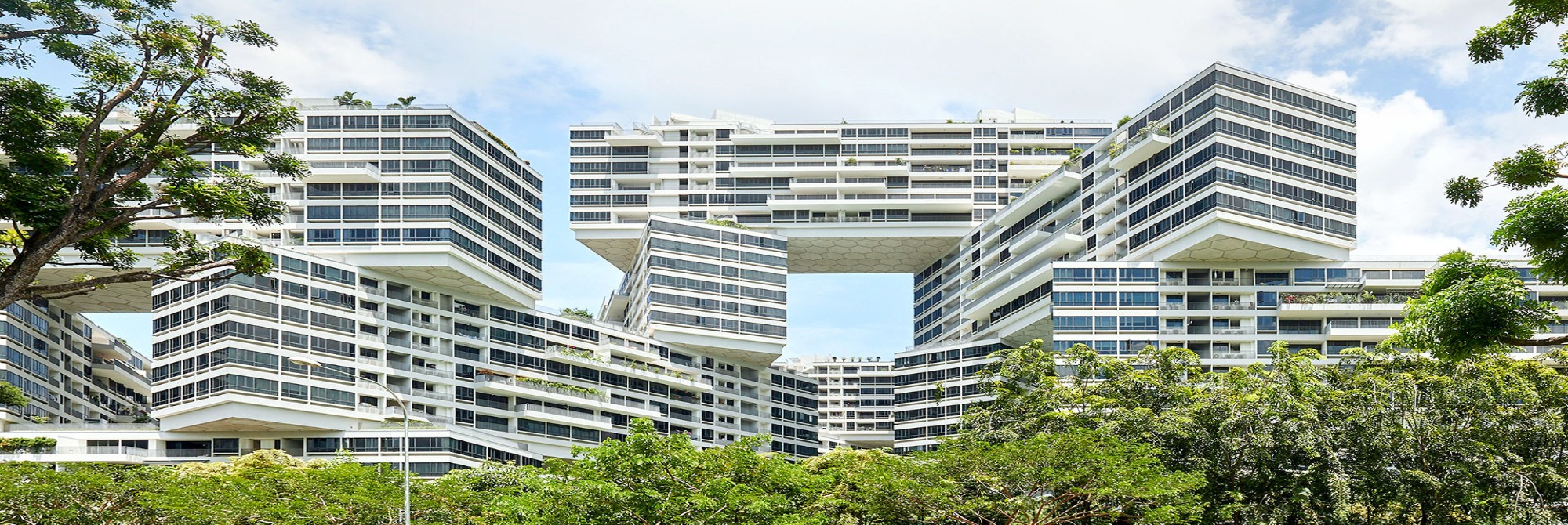Making sustainability a reality
At TK Elevator, our commitment to reducing the environmental footprint of our products, processes and operations is embedded in our culture and mindset. In fact, it lies at the heart of our sustainability approach.
TK Elevator
China

The surge in urban populations is unstoppable, putting a strain on space and resources. To address this surge and preserve green areas, city environments are increasingly dense and vertical. That’s why buildings need to offer greater efficiency and comfort than ever before.
Global energy demand will increase by 20% to 35% over the next 15 years with cities accounting for two-thirds of this increase (see also: Urban Hub). In urban environments, buildings are the biggest consumers of energy. Our innovative technologies and modernization packages help you drive down this consumption.
New technologies such as our TWIN elevator – two independently operating cabs in the same shaft – can reduce energy consumption by up to 27% and cut electrical power requirements in half while increasing usable floor space by as much as 30%.
Elevators can also drive a building’s energy self-sufficiency. At the new One World Trade Center in New York City, our elevators’ regenerative drives supply enough energy for the building’s entire lighting system. Refurbishing older elevators can lower energy consumption by up to 70% and extend an elevator’s use phase by an additional 25 years.
We strive to make cities better places to live by making our passenger transportation systems more sustainable throughout their entire lifecycle. We’re embedding sustainability into our core business by investing in customer solutions that support green buildings, including certifications like LEED and BREEAM.
We’re helping transform the industry with innovative solutions such as MAX, TWIN, MULTI and more. They reduce the energy, space, resources and on-site maintenance required by elevators, making buildings smarter and more efficient.
Product development
Our R&D teams take pride in designing greener products and fostering strong partnerships for innovation. These activities are supported by Life Cycle Assessment (LCA) studies based on the ISO 14044 standard. Globally recognized LCAs enable us to measure and improve the environmental performance of our products throughout their lifecycle. Some of our products, such as iwalk, are also certified to ISO 14006, an eco-design standard that ensures we take environmental aspects into consideration throughout the design process.
In 2017 TK Elevator was the first in the industry obtaining an Environmental Product Declaration (EPD) for its endura Machine Room-Less (MRL) elevator. Other EPDs were published for the synergy, momentum and evolution elevators. With these EPDs we provide our customers transparent, credible and comparable information of the environmental performance of our products.
“We are proud of receiving this important internationally recognized certification which is a true indication of our products that are at the heart of our sustainability commitment,” says Paula Casares Medrano, Head of Sustainability at TK Elevator. “We believe that sustainability requirements should be integrated into product designs. We are making continual improvements based on the results of our LCAs to ensure our products' potential environmental impacts are reduced.”
Abiding by the guiding principles of sustainable building certification programs also helps us minimize our products’ environmental impact and improve a building’s environmental footprint.
These programs support sustainable buildings by promoting lower energy consumption, creating environments conducive to human health and well-being, and reducing environmental impacts throughout a building’s entire lifecycle. They also help us do our part to make a net-zero-energy future a reality.
In 2015, our facility in Middleton, Tennessee, became the world’s first elevator manufacturing site to receive LEED Gold certification for “Existing Buildings: Operations and Maintenance.” Continuous improvements in resource efficiency and environmental impact at the 50-year-old plant drove this achievement.
In 2017 the new elevator factory in Zhongshan achieved the LEED Gold certification for “New Buildings: Building Design and Construction” for the office building and LEED Silver for the plant.
We’re also making significant strides in driving down our operational footprint. At our sites, this means:
ISO 14001 implementation
The ISO 14001 environmental management system (EMS) standard guides our efforts. This international standard covers all relevant environmental aspects, from the reduction of wastewater, waste and emissions to the environmental impact of products during use through to disposal. Our goal to implement ISO 14001 at all environmentally relevant manufacturing plants by fiscal year 2019/2020 has already been achieved. Today more than 90% of tkE manufacturing sites are certified to ISO 14001.
ISO 50001 implementation
We're using the ambitious ISO 50001 energy management standard to drive energy improvements. Our initial target to implement ISO 50001 for all energy relevant activities, that is, stationary activities (excluding our fleet) with an annual energy consumption above 10 GWh, is already achieved. Today over 1/3 of TK Elevator manufacturing sites are certified to ISO 50001.
Systematically managing the energy used in our production and service processes is enabling us to make good progress against our target. Modernizing plant components, installing highly efficient lighting and optimising our fleet’s fuel consumption are key drivers of our energy and resource efficiency.
Groupwide efficiency target
At TK Elevator, we set a target of achieving energy efficiency gains over 70 gigawatt hours (GWh) by fiscal 2021/2022. This is equivalent to the average annual energy consumption of 14,000 four-person households. In 2017/2018 TK Elevator reported energy efficiency gains of 9.5 GWh.


